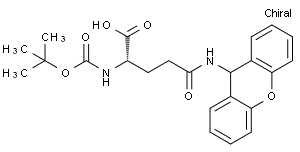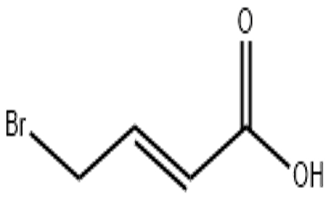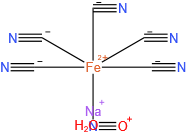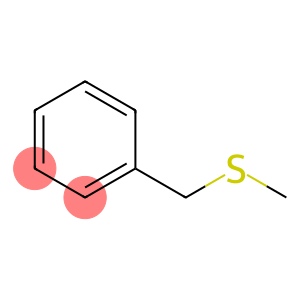2-Bromobenzoyl chloride(CAS#7154-66-7)
| Hazard Symbols | C – Corrosive |
| Risk Codes | R34 – Causes burns R37 – Irritating to the respiratory system |
| Safety Description | S26 – In case of contact with eyes, rinse immediately with plenty of water and seek medical advice. S36/37/39 – Wear suitable protective clothing, gloves and eye/face protection. S45 – In case of accident or if you feel unwell, seek medical advice immediately (show the label whenever possible.) |
| UN IDs | UN 3265 8/PG 2 |
| WGK Germany | 3 |
| RTECS | DM6635000 |
| FLUKA BRAND F CODES | 8-10-19-21 |
| HS Code | 29163990 |
| Hazard Note | Corrosive |
| Hazard Class | 8 |
| Packing Group | II |
Introduction
O-bromobenzoyl chloride is also known as 2-bromobenzoyl chloride. The following is an introduction to its nature, use, manufacturing methods and safety information:
Quality:
- Appearance: O-bromobenzoyl chloride is a colorless liquid or a yellowish liquid.
- Solubility: Slightly soluble in water, more soluble in organic solvents such as ether, methanol and methylene chloride.
- Reactivity: O-bromobenzoyl chloride is an acyl chloride compound that is prone to acyl substitution reactions.
Use:
- O-bromobenzoyl chloride is commonly used in acyl chlorination reactions in organic synthesis for the introduction of acyl groups.
- In some organic synthesis, it can be used as a vulcanizing agent, reducing agent or oxidizing agent.
Method:
O-bromobenzoyl chloride is usually prepared by the bromination reaction of o-bromobenzoyl chloride. The specific steps are as follows:
First, o-bromobenzophenone is reacted with bromine under acidic conditions to produce o-bromobenzoic acid.
The o-bromobenzoic acid is then reacted with phosphoryl chloride (POCl₃) to produce o-bromobenzoyl chloride.
Safety Information:
- O-bromobenzoyl chloride is irritating and should be avoided from contact with the skin, eyes and respiratory tract.
- Wear protective gloves, goggles and protective clothing when using.
- Avoid contact with strong oxidizing agents or strong alkalis, which may trigger dangerous reactions.
- Waste and solvents should be properly disposed of during operation and appropriate laboratory safety measures should be taken.








